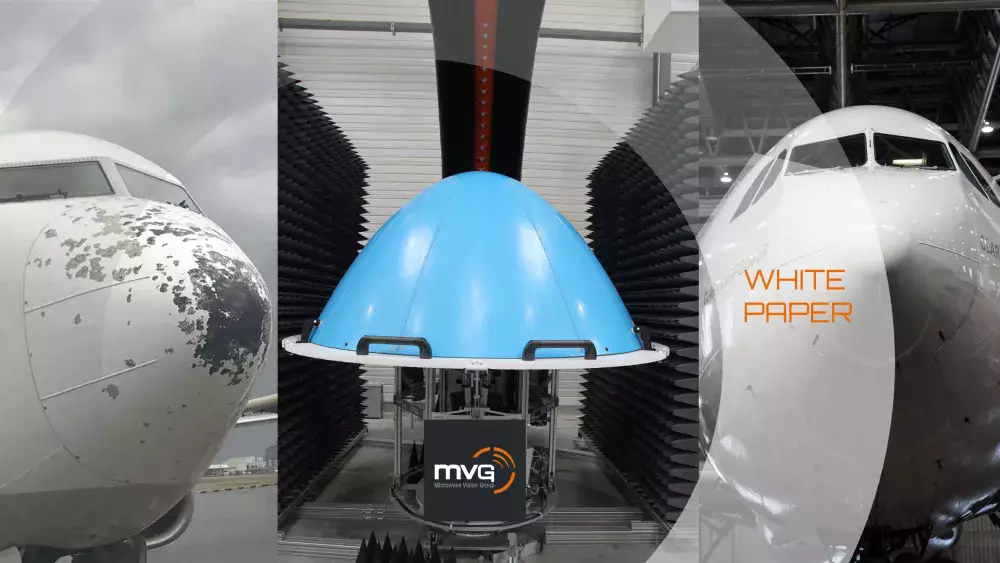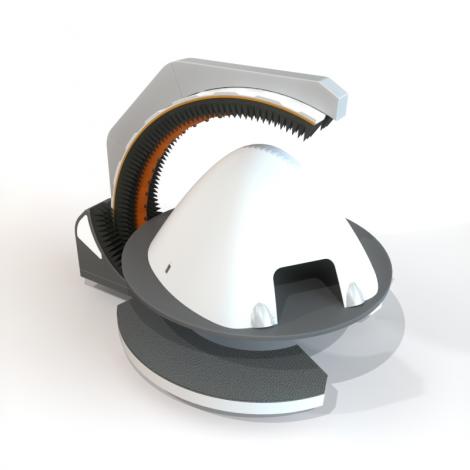
发表于 25/01/2023 10:30:00
The slick, streamlined nose of an aircraft is designed for aerodynamics, but that is not its only purpose. It also serves a vital function, that of a radome (radar dome) which protects the antenna of the aircraft’s weather and other radar systems.
An important aspect of the radome is that it be transparent to the frequency at which the weather radar operates. This is the transmissivity, and is a measure of how well the radome transmits electromagnetic energy. Electrical transmissivity tests determine the quality of a radome’s electromagnetic transparency.
Aircraft radomes are subject to damage from many sources such as birds, hail, lightning, or even maintenance equipment. Once a radome is damaged, it immediately becomes susceptible to water ingress, which severely impedes the performance of the antennas and radars it encases.
Weather Radar Blind Spots |
In fact, whatever alters the engineering precision of a radome lends to deterioration of radar antenna performance and can result in safety or weather hazards during flight. Repairs are essential. And though a repaired radome may look good as new following repairs, it may sustain damage undetectable to the eye, which can block specific frequency(s) from reaching the weather radar. Validation testing of the radome is therefore also essential. To ensure these structural and electrical tests follow all radome repairs, the RTCA established the RTCA-DO-213 standards.
In recent years the RTCA has reassessed its guidance standards for this transmissivity testing. It has strengthened the accuracy requirements in the testing of repaired aircraft nose radomes. Now, testing techniques and equipment are being challenged to comply with the changes in regulations.

Learn from our white paper how the changes in the RTCA-DO-213A standards have affected traditional testing methods and discover the latest MVG near-field technology supporting radome test facilities in their progress.
Introducing our product Aerolab in video.